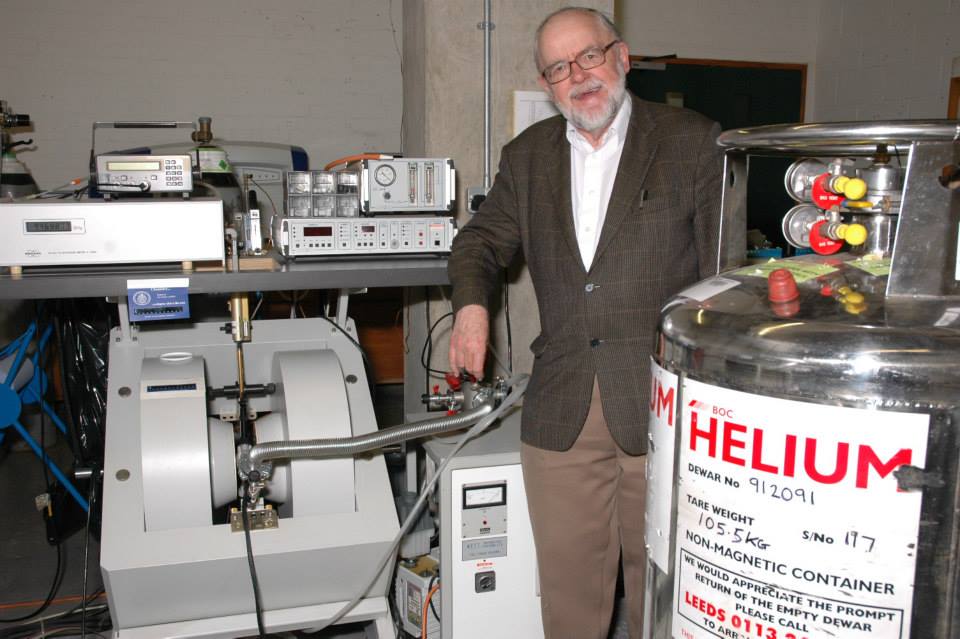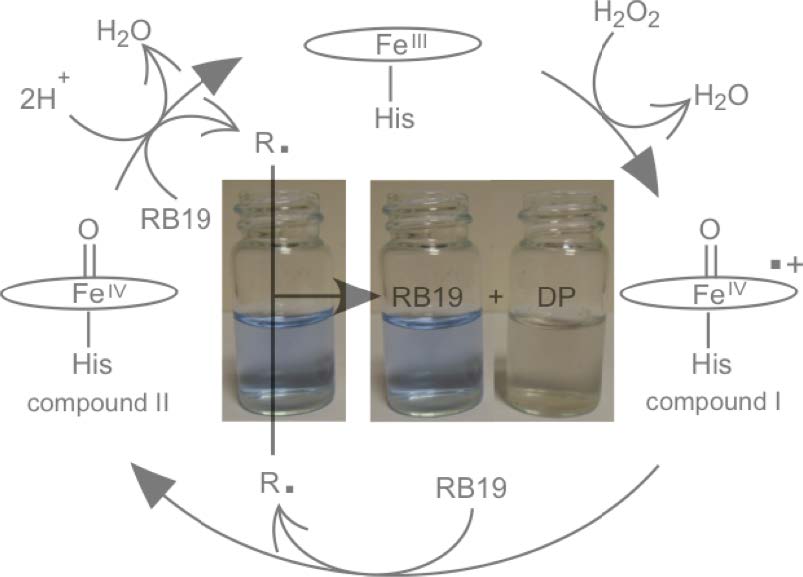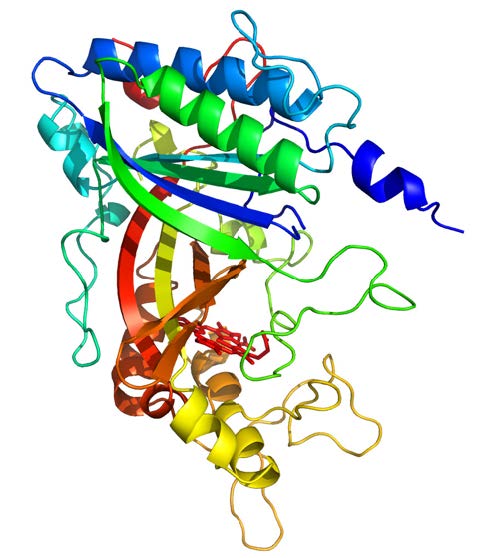
This scholarship is generously supported by a bequest from the estate
of Professor Peter Nicholls (1935-2014)
Funding is available in the Protein Structure & Function Group, School of Biological Sciences,
for a PhD programme from October 2017, under supervision of Dr Jonathan Worrall, Dr Mike Hough and Dr Dimitri Svistunenko .
of Professor Peter Nicholls (1935-2014)
Illuminating the catalytic, structural and mechanistic features of a new class of haem peroxidases to dye for
Dye decolourising peroxidases (DyPs) are the most recent family of haem peroxidase to be discovered. The oxidizing potential of these enzymes is driven by the formation of ferryl intermediates, formed on H2O2 activation, that enable them to oxidize synthetic dye molecules widely used in the textile industry (Fig. 1). Some DyPs have been implicated in biomass deconstruction through the oxidative breakdown of lignocellulose. Thus, DyPs have vast potential for use in biotechnology applications. At present, detailed catalytic and substrate reactivity information is sparse across the four sub-families (A to D) of DyPs and there is a strong need to address this to maximize future commercial applications. At Essex we have identified an A-type DyP from Streptomyces lividans and have characterised its catalytic cycle and unusual dye decolourisation properties (Fig.1). Further to this, our X-ray structural work (including in-crystal generation of relevant intermediates) and EPR spectroscopy of transiently formed free radicals and high-valence haem states have informed on potential substrate binding sites and electron-transfer pathways (Fig. 2). The overarching aim of this studentship is to extend these experimental approaches across several DyP sub-families incorporating new structural and fast reaction methodologies, such as state of the art synchrotron beamlines and time-resolved X-ray crystallography as well as rapid freeze-quench EPR for kinetics studies, to characterise the high-valence catalytic intermediates and tailor this knowledge to generate designer enzymes for commercial applications. |
 |
|
| Figure 1: The proposed catalytic mechanism of a dye decolourising haem peroxidase from Streptomyces lividans. The anthraquinone dye RB19 is decolourised through a disproportionation mechanism. | Figure 2: The X-ray structure of S. lividans DtpA |